Frederica Freyberg:
Many farmers are worried about their crops as dry conditions continue throughout much of the state. This past May was the fourth driest on record and June isn’t providing the much-needed rainfall so far. This map shows how much rain the state has gotten in June compared to previous years, with large swaths receiving 25% or less than average. And the U.S. drought monitor shows the majority of the state in moderate drought with the northwest and southwest corners newly designated as severe drought. Marisa Wojcik spoke with a farmer and a UW Extension educator to find out how parched crops are faring.
Stan Turner:
I run about 450 acres. We farm corn, beans and hay.
Marisa Wojcik:
Stan Turner is a cash crop farmer in the rolling hills of Monticello.
Stan Turner:
It started out great and everything got planted when it was supposed to and everything took off good, and the brakes got put on because of the dry weather. It’s getting really, really dry right now. And if we don’t get some rain here pretty soon, we don’t know how bad it’s going to be for sure because now we’re going into the driest part of the summer on a normal year, July and August, and we’re already dry. So it’s kind of — it’s getting very concerning. The next 10 days is really going to be critical for this corn and beans and the hay, especially, because the hay takes a lot of moisture. So it’s very concerning right now. … I’ve never seen it like this. I’ve farmed my whole life. In 2012, we had quite a drought, but that was later in the year, but to be this dry this early is kind of unheard of.
Josh Kamps:
We had decent winter moisture, and our soils were in really good shape this spring, so the crops are still taking advantage of some of that good early spring moisture, but we just haven’t had the moisture replenished in the soil just yet this year.
Marisa Wojcik:
Josh Kamps is the regional crops and soils educator for UW Extension in southwest Wisconsin. Turner called the local extension office.
Stan Turner:
That’s quite a difference.
Marisa Wojcik:
For help.
Josh Kamps:
This plant, actually, if it’s going to grow well, it’s going to open up so that it has all this surface area for photosynthesis, but since it’s so dry, it’s trying to roll up to conserve the moisture to not transpire any extra out of the plant. … We really are just needing to be patient for some more rainfall to help our crops take the next step.
Marisa Wojcik:
How much longer can they hold out?
Josh Kamps:
That’s a really good question. I’m going to be optimistic until we celebrate the fourth of July. At that point, I think we’re hitting kind of a real milestone with the fact that some crops may not be able to reverse course. I know we’re visiting here about alfalfa on this particular farm, and alfalfa is an interesting crop in that it can actually go dormant and it can maintain its life and then it could actually come back out of dormancy then and produce later in the season. More of our traditional annual crops will not do that. Corn, soybean, for instance. Once they’ve reached that permanent wilting point, they really won’t be able to rebound the same as some of our perennial forages will.
Stan Turner:
They keep telling us we’re supposed to start getting more rains in July, so that’s all we can pray for right now is more rain, because we’re going to need quite a bit of it. It’s just — there’s nothing you can do. I thought about starting to cut hay. A lot of guys are starting to cut their second crop hay. I decided I’m going to hold off because it’s just — the hay is under such stress and if we don’t get rain, will it come back? I mean, there’s a lot of ifs in the equation, and I sell a lot of hay and I don’t want to lose my hay crop. … The corn and beans, they’ve got at least another 10 days that they’ll be able to survive this pretty decently, I think, in most areas, but within the next 10 days, if they don’t get rain, they’re going to be in a world of hurt. I mean, we’ve already — I’m assuming we’ve already lost some of the yield.
Marisa Wojcik:
What are you most concerned about at this point?
Josh Kamps:
I’m most concerned about being able to have some answers when growers call, being able to help them stay positive, help them think about, you know, what are the needs that they have immediately. … There may be a chance that we could plant a second crop if we do get some late season rain, so maybe middle of July to beginning of August. We’ll have to work with our crop insurance agent to make sure that we don’t affect the crop insurance coverage on our first crop, but there may be a chance to grow a second crop at that point. … We don’t have 100% insurance coverage, but it will definitely help cover the input side of most farms and then give them that chance to be able to participate again next year.
Stan Turner:
I do have crop insurance. So you almost have to in this day and age, because the input costs are so high that you just can’t afford not to have it. … I mean, if you have a total loss, you could be in big trouble. I mean, it’s not easy.
Marisa Wojcik:
Are crops in general prepared — or are farmers prepared to handle this kind of back-and-forth of extremes?
Josh Kamps:
A lot of it starts with how we manage our soil. When we’re in more of a weather risk situation, you know, what does that do to our chance of having a crop? So I think we’re starting to learn all that and try to figure out how those all fit together. I know there’s climate smart type work being done at USDA, so hopefully that has in mind the goals of farmers for their land management, too, because ultimately, that really is where we’re going to have the biggest results, is what our private landowners have the power to make the decisions that are best for them. … We have experience in the past of other droughts or other times that have been really stressful on our farm and on our family. I think pulling in and saying hi maybe to your neighbors, ask them how they’re doing, this can really cause havoc on the psyche of our farmers.
Stan Turner:
Your mind is going a hundred miles an hour. How can you do something a little bit different to try to off-set this expense if you’re not going to make this amount of money because your crops are going to be down. Yeah, you’ve got a lot of things going on. I mean, it keeps you up at night.
Marisa Wojcik:
Reporting from Monticello, I’m Marisa Wojcik for “Here & Now.”
Search Episodes

Donate to sign up. Activate and sign in to Passport. It's that easy to help PBS Wisconsin serve your community through media that educates, inspires, and entertains.
Make your membership gift today
Only for new users: Activate Passport using your code or email address
Already a member?
Look up my account
Need some help? Go to FAQ or visit PBS Passport Help
Need help accessing PBS Wisconsin anywhere?

Online Access | Platform & Device Access | Cable or Satellite Access | Over-The-Air Access
Visit Access Guide
Need help accessing PBS Wisconsin anywhere?

Visit Our
Live TV Access Guide
Online AccessPlatform & Device Access
Cable or Satellite Access
Over-The-Air Access
Visit Access Guide
 Passport
Passport





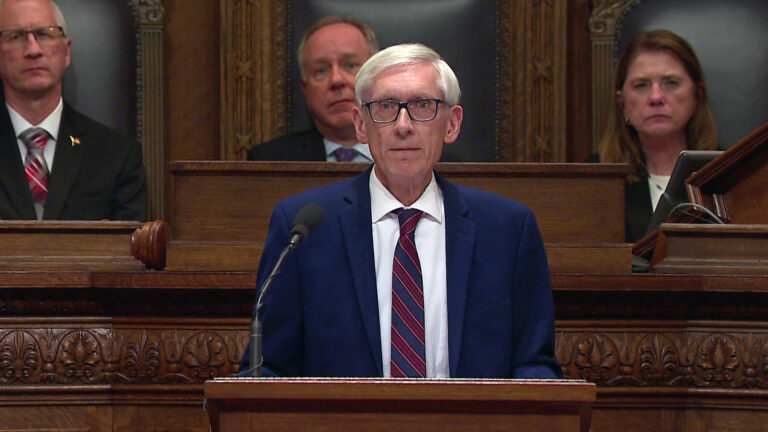



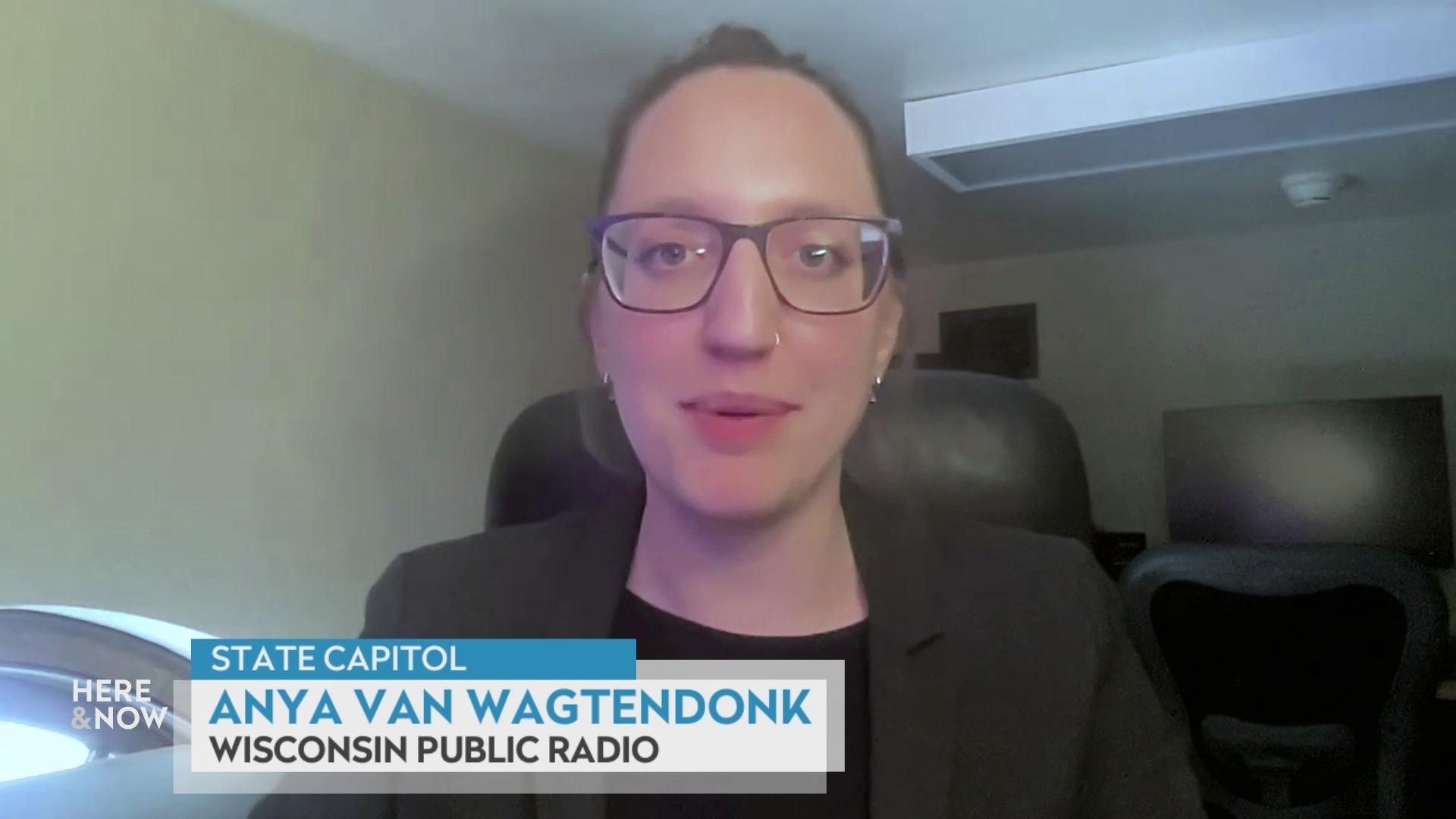
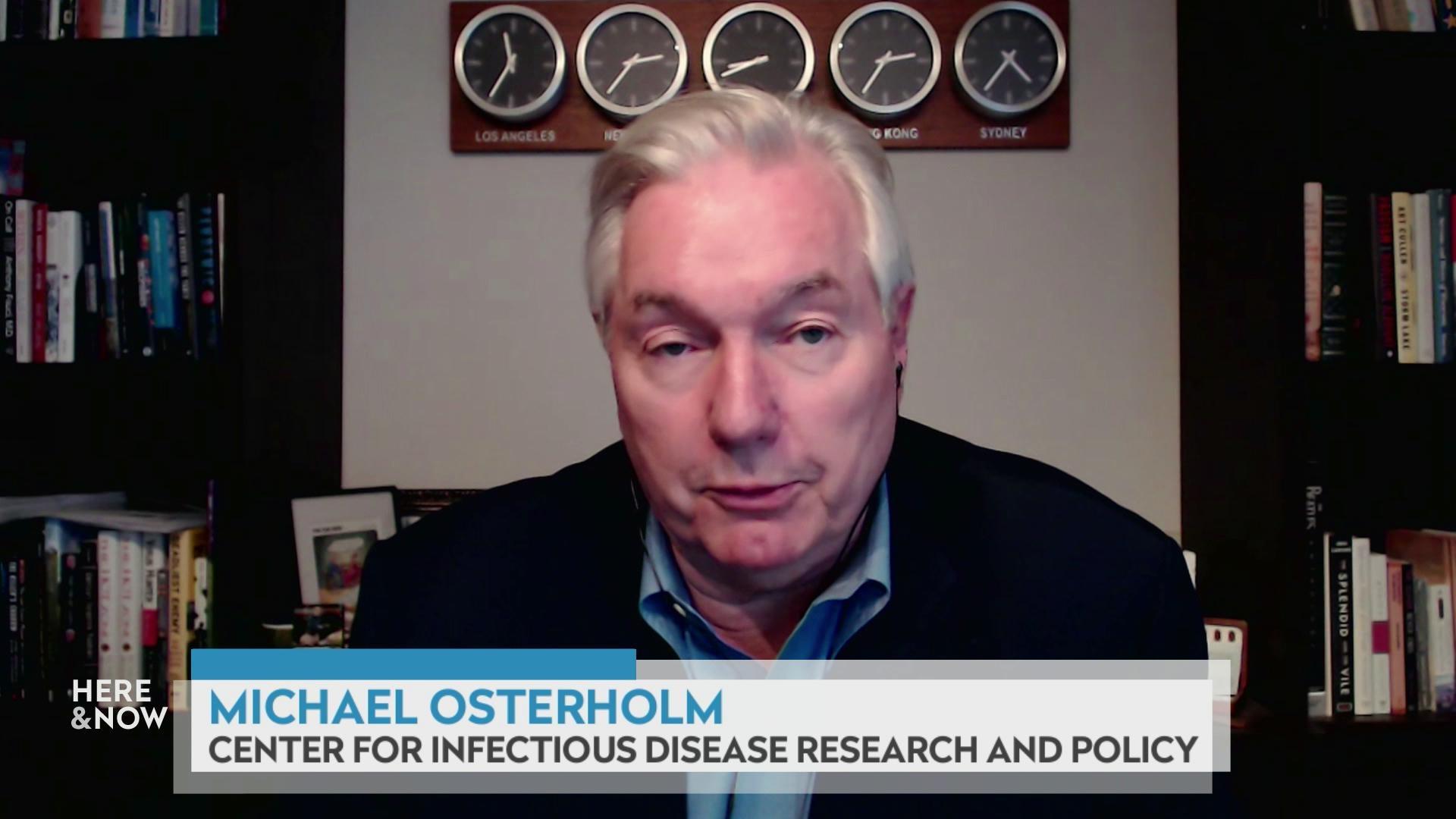
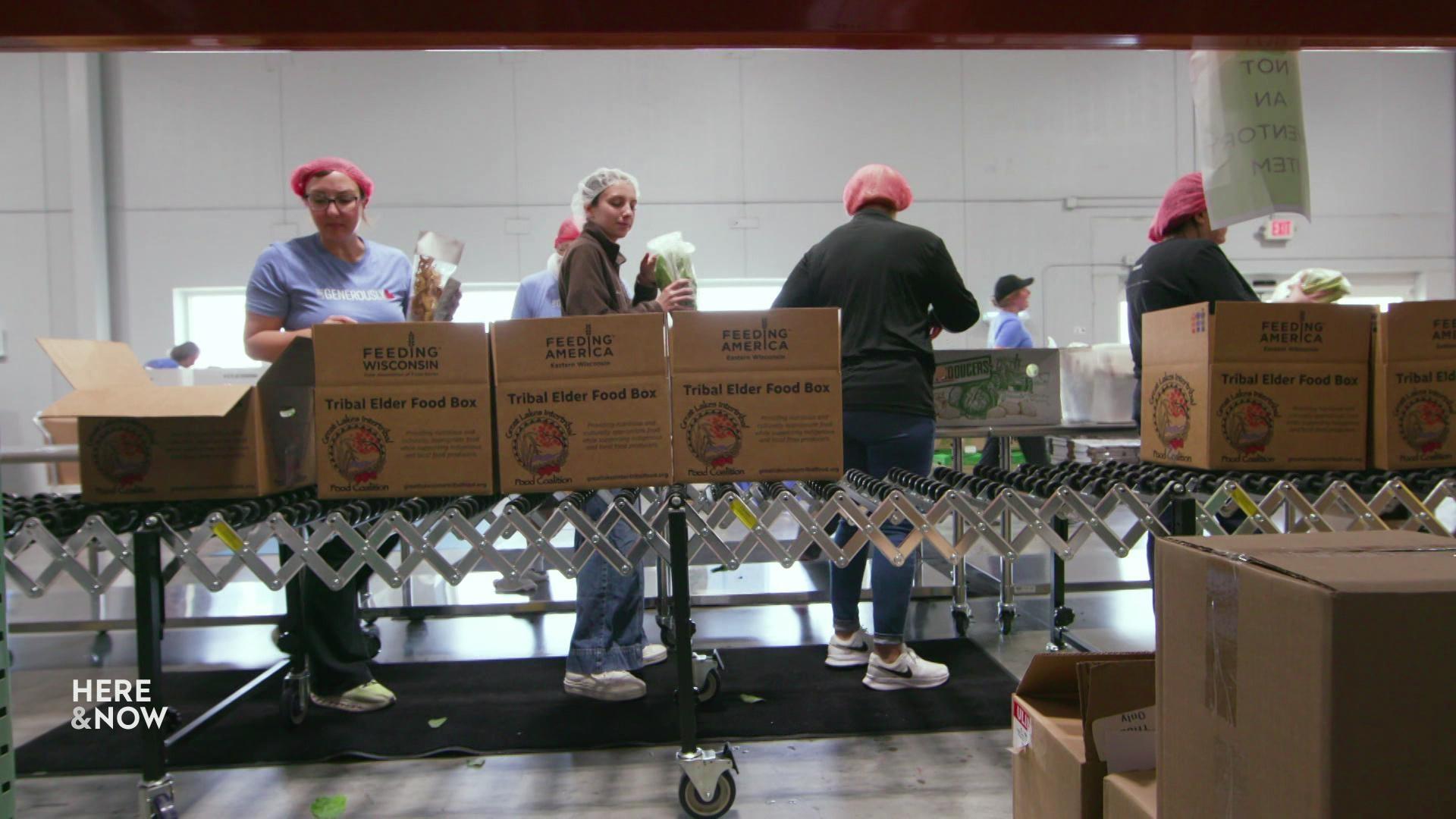


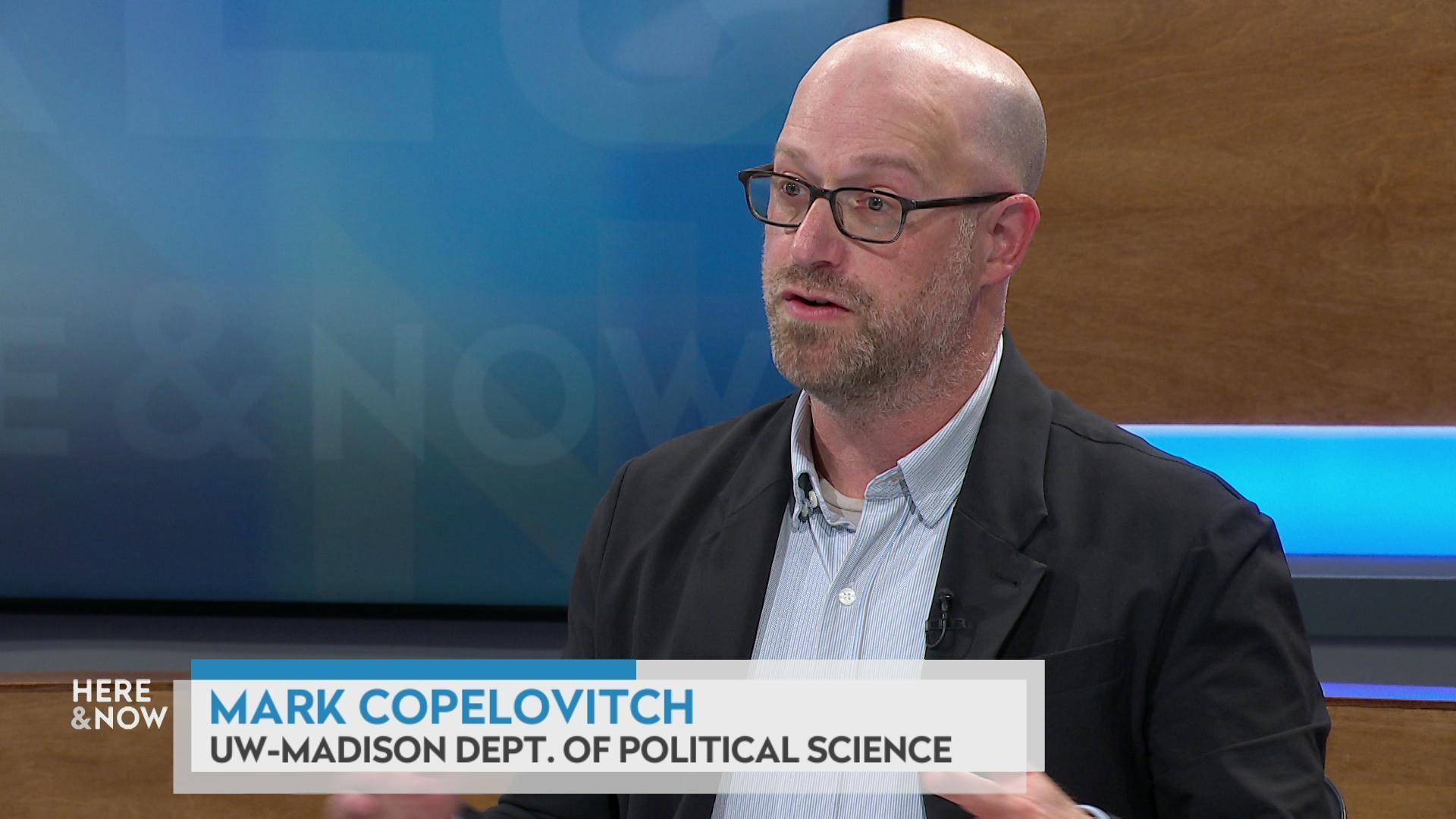



Follow Us